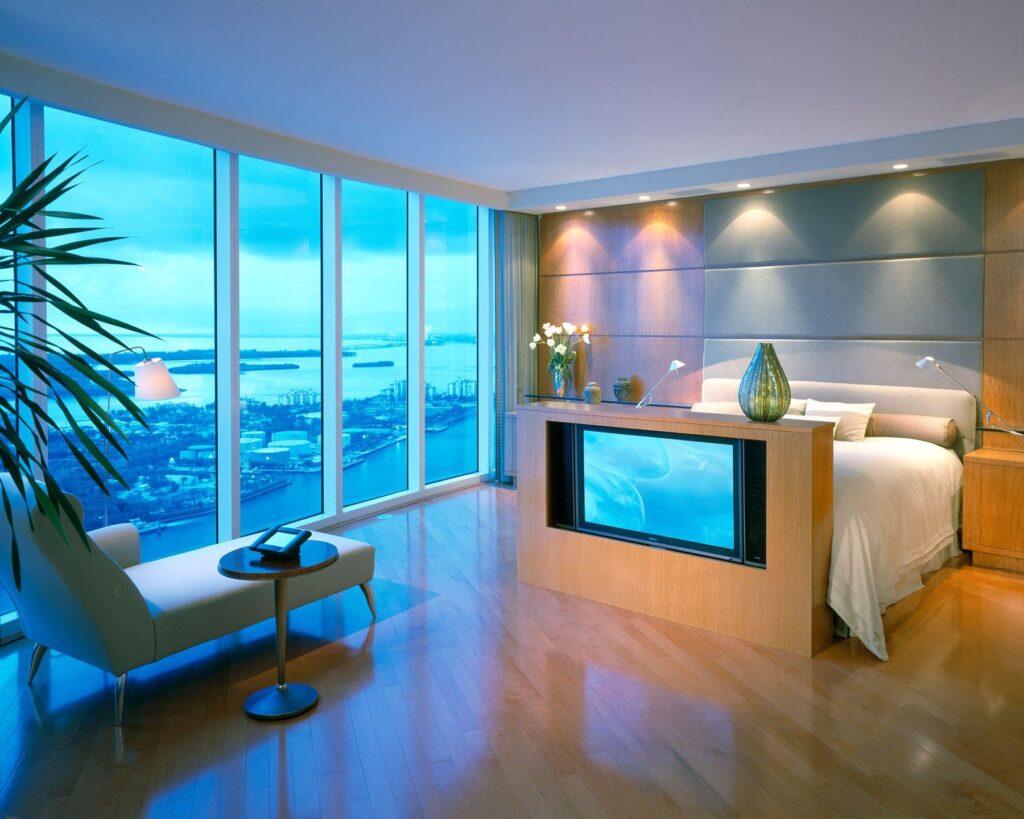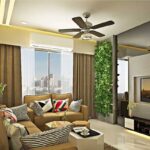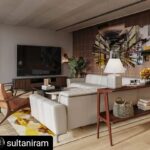The word “modern” has become so commonplace in many fields of the arts. Be it in music, dancing, visual arts, or photography—anything that even faintly denotes inventiveness and style. Therefore, why not landscape design? Let’s talk about how current interior design trends might turn your house into a refuge for style and postmodernism today. But first, let’s define this idea clearly before we get into specific advice on how to transform your property into a contemporary home. Elegance is characterized by simplicity. One of the secrets of interior design is the capacity to communicate feelings and transform common, everyday objects into magical objects. Because it reflects its beauty, the ideal light is sometimes all that is required.

In addition to giving you a cleaner, broader room to concentrate on the intricacies of each piece, minimalist designs usually have their own distinctive image. Anything that might hint at modernity is easily translated to contemporary style because the word “contemporary” denotes “modern.” This elegant home design aesthetic expresses an underlying demand for form and function via clean lines, minimalist trends, and neutral hues. All forms of art deco and workmanship must, according to modern interior design, serve to enhance the aesthetic or practical value of a modern house.
Here are some tips on how to achieve your dream home by utilizing the use of contemporary interior design and style.
Balance is important to achieve harmony and a uniform, perfect appearance in a space. Try to make your rooms perfectly symmetrical. Divide a room in half, and make sure that each side contains a component that preserves balance and symmetry. The ying yang method of home design emphasizes the importance of even the tiniest elements. The harmonious design provides us a sense of peace and joy and produces a lovely visual impression. Colors are essential to doing this, so select a palette of 2 to 4 colors before deciding on the furniture and accessories for your area. Select a few colors to help create the mood, then utilize the remaining hues to add details. You may make your own palettes or pick from ones that are already online.
Take your color scheme as you shop for furniture and other room accents. Make sure to pick at least one color and item that will lend a natural touch to your environment. Decor that is functional is a wise decision since it makes your life simpler. Decorative items should have a purpose in addition to being visually pleasing.
The use of geometric forms constitutes a basic line-based style, which is fundamentally founded on the idea of form follows function. This aesthetic emphasizes utilitarian designs and features synthesized things. Because only items that serve a significant purpose in the area are employed, spaces are elegant and include few embellishments or ornamentation. In contrast to minimalism and Nordic forms, the modern design permits the introduction of color in pure tones (without nuances and gradients). However, simplicity should rule. You may also experiment with tones on tones to obtain additional richness.
The goal is to maintain the basic aesthetic impact of the room and avoid going overboard. Because the methods for employing this material were developed at the start of the 20th century, modernism frequently uses glass. Glass significantly increased the potential of contemporary design and helped create what 3D printers are today. The fact that a modern style is ageless is arguably one of its best qualities. This period’s designs, particularly in architecture, seem up to date. Construction practices are still influenced by modern-style homes.



